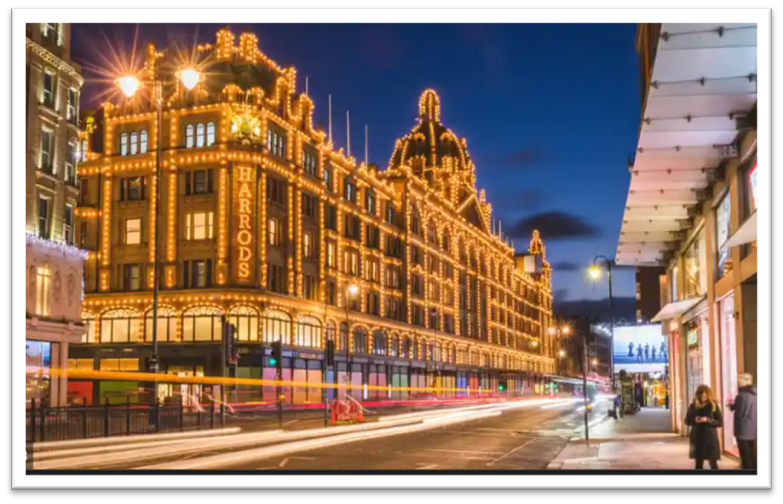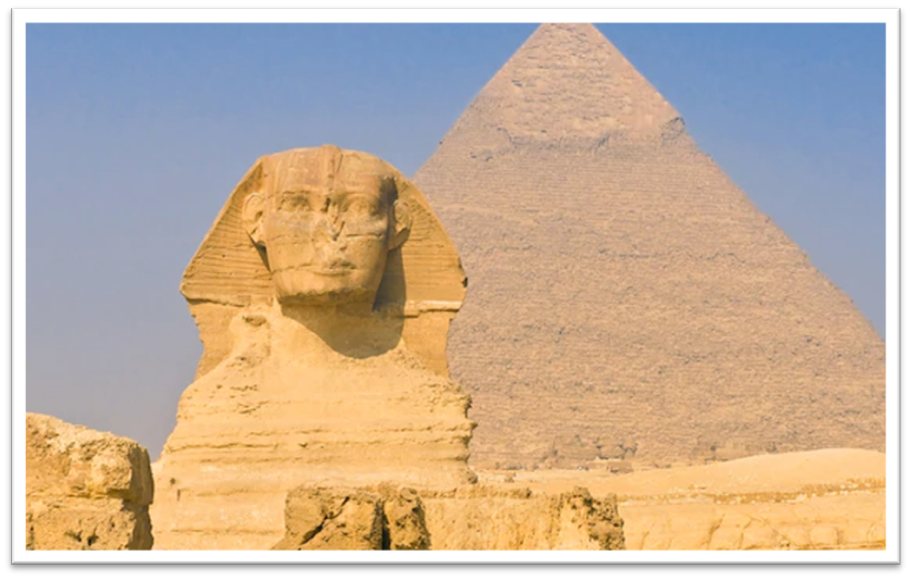Bath, Somerset, England.
An ancient city dressed in honey-coloured Georgian elegance, steeped in Roman history, and proudly listed as a UNESCO World Heritage Site. It’s the sort of place where the past isn’t just preserved—it’s parked on every street corner like a politely stationary time machine.
Hop-on-hop-off tourist buses weave through the city, and if you find yourself on the open-air top deck during a downpour, you’ll notice something delightfully practical: plug holes. Yes, real drains to stop rainwater from pooling like—well, like a bath.
I’m fairly certain all open-top buses have them, but the quiet delight of noticing this in a city literally named Bath felt like the sort of accidental poetry that stays with you. Sadly, no rubber duck floated by.
Before you even arrive in Bath, you must pass through Somerset, the county that surrounds it. It's comprehensively lovely—quintessentially English in the way postcards promise.
Picture rolling green hills, a lattice of hedgerows, and vast pastures. People have been calling this area home since the Paleolithic era (think Fred Flintstone), followed by the Celts, Romans, and Anglo-Saxons—each leaving a footprint in the soil or stone.
A short hop away, Cheddar Gorge offers not just stunning scenery but serious archaeological cred. It’s home to Cheddar Man, the UK’s oldest complete human skeleton, dating back to 7,150 B.C. (No, not made of cheese, in case that crossed your mind).
Meanwhile, Glastonbury—home to the famously muddy music festival—sits on what’s known as a "dry point," meaning it's one of the few flood-free bits of ground in the area. Irony noted.
Back in Bath, the Royal Crescent stands as one of the finest examples of Georgian architecture in the country—a graceful arc of 30 terraced houses, all uniform yet grand, and listed as Grade I, which in UK terms means: do not mess with it.
Across town, the Roman Baths offer a glimpse into ancient spa culture. In Roman times, a day wasn’t complete without a good steam, a communal soak, and perhaps a bit of philosophising about empire over hot water. It was muscle recovery meets mindfulness—a wellness trend about two millennia ahead of its time.
The city’s spa tradition hasn’t gone cold. In 2021, Bath was added to the UNESCO list of Great Spa Towns of Europe, celebrated for their natural mineral springs. One wonders about the modern infrastructure behind it all—filtration systems, maintenance budgets, the quiet toil of keeping ancient rituals hygienic.
Also worth noting: Uranus was discovered here. Yes, really. In 1781, local resident William Herschel spotted the planet from his backyard using a homemade telescope. It remains one of the more awkward astronomical announcements in history, but his Georgian house now serves as a museum, so everyone wins in the end.
Bath is a short train ride from London, but don’t make the mistake of trying to squeeze it into a day trip. There’s far too much to soak in.






